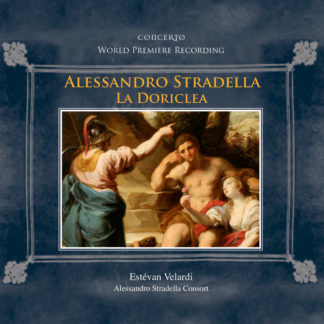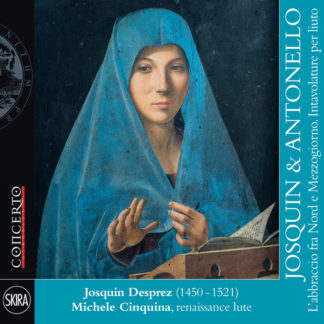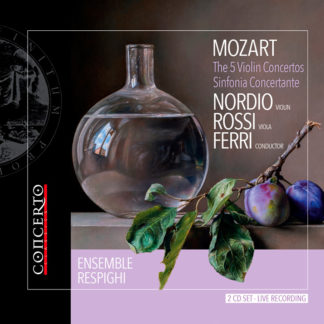A. Piazzolla
Las Cuatro Estaciones Porteñas (1964-70)
Per chitarra, bandoneon e archi/For guitar, bandoneon and strings
(trascrizione/transcription by G. Scaramuzza)
– Primavera Porteña
– Verano Porteño
– Otoño Porteño
– Invierno Porteño
M. D. Pujol
Double Concerto “Luminosa Buenos Aires” (2009) worldpremiere
“dedicato al duo Giampaolo Bandini – Cesare Chiacchiaretta” / “dedicated to the Bandini-Chiacchiaretta Duo”
Per chitarra, bandoneon e archi / For guitar, bandoneon and strings
– Allegro
– Adagio
– Andante
– Allegro
A. Piazzolla
Double Concerto “Hommage à Liège” (1985)
Per chitarra, bandoneon e archi/For guitar, bandoneon and strings
– Introducción
– Milonga
– Tango
“Their works strike us with their mixture of brutality, magic, sensuality and human honesty.” This is how John Adams, one of the most important contemporary American composers, defines, relating them to each other, the poetry of Neruda, the novels of Marquez, the writings of Borges, and the music of Piazzolla, all Latin American artists who came to the attention of European and North American culture almost simultaneously since the 1960s. The music of Astor Piazzola (1921-1992) came to prominence in Europe when, at some point in performers of the classical repertoire, such as Gidon Kremer, Yo Yo Ma, Daniel Barenboim and many others, the taste for contaminations became increasingly felt. For that matter, and on the other hand, the classical training of the Argentine composer, whose language – which has now itself become a “classic” for several generations – crosses various territories and musical provinces, linking popular and cultured music, twentieth-century restlessness, Indian and African shadows with the legacy of ancient European cultures and lineages brought to the mouths of the Rio de la Plata by generations of migrants, is now well established and studied. Within the same milieu also lies substantially the Concerto by contemporary Màximo Diego Pujol (Buenos Aires, 1957), which gives the title to the entire album, Luminosa Buenos Aires, and which this CD presents as a world premiere. Rich in suggestions and quotations, it speaks to us above all of that “sad thought that is danced,” as Tango has been called, which since the beginning of the last century has continued to fascinate cultured and inclined people at all latitudes and under all climates.





